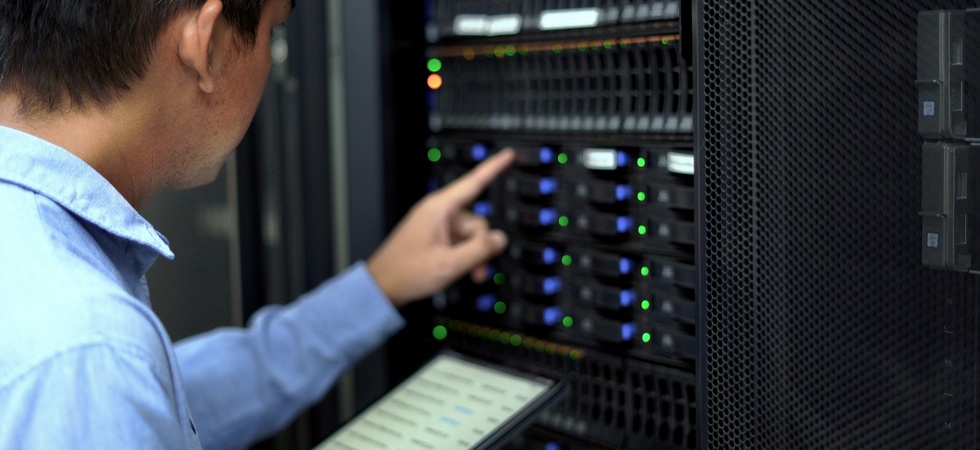Different Ways To Reduce Crosstalk in Data Communication
Crosstalk is a significant challenge in data communication, referring to the unwanted transfer of signals between adjacent communication channels. It causes interference, resulting in degraded signal quality, data loss, and slower communication speeds.
For businesses and individuals relying on high-speed, reliable connections, minimizing crosstalk is vital. Here is a detailed guide on the different ways to reduce crosstalk in data communication.
Why Shielded Cables Are Your Best Bet
Shielded cables play a crucial role in reducing interference and protecting data integrity. Unlike unshielded cables, shielded ones have layers of foil or braided shielding that block external electromagnetic interference. This shielding acts as a barrier, maintaining signal quality and preventing external noise from seeping into the communication channel.
In environments with heavy electrical equipment, using shielded cables minimizes crosstalk and ensures connection stability. They’re especially effective in high-performance Ethernet setups where interference is a common issue.
The Importance of Cable Spacing
Ensuring proper distance between cables is another effective way to reduce crosstalk. When cables are too close to each other, their electromagnetic fields overlap, which causes interference. Maintaining sufficient spacing reduces this risk and keeps signals clear and unblemished.
A practical approach is to avoid bundling cables together, especially when dealing with high-speed data networks. For instance, data centers that group cables tightly often experience signal problems due to increased proximity. Adopting structured cabling layouts with adequate spacing prevents these kinds of issues from arising.
Organize Your Cables for Maximum Efficiency
Good cable management is vital for reducing crosstalk. Tangled, intertwined cables are more likely to experience signal leakage compared to well-organized setups. Keeping cables neatly arranged and secured in designated pathways minimizes the chances of electromagnetic interference.
Cable trays, tie wraps, and proper channeling systems make a substantial difference in environments like server rooms or office spaces. Organized cabling improves performance and allows easier identification and replacement of cables when needed, which is essential for maintaining efficiency in data communication networks.
Rely on High-Quality Connectors
The quality of connectors directly impacts signal integrity. Poorly manufactured or low-quality connectors disrupt signal continuity, making systems more susceptible to crosstalk. High-quality connectors maintain reliable connections, ensuring signals pass through without interference.
When setting up or upgrading a network, investing in premium-grade connectors is critical. Using connectors designed for better shielding ensures compatibility with modern high-speed cables like Cat8 Ethernet cables. Known for their ability to combat crosstalk and handle extreme data loads, these cables amplify the importance of reliable connectors in delivering consistent performance.
Reducing crosstalk is a priority for seamless and reliable data communication. Shielded cables, adequate spacing, organized cable management, and premium connectors work collectively to ensure signal quality and enhance performance. By implementing these strategies, you’ll minimize interference while maximizing the efficiency and reliability of your communication systems.

